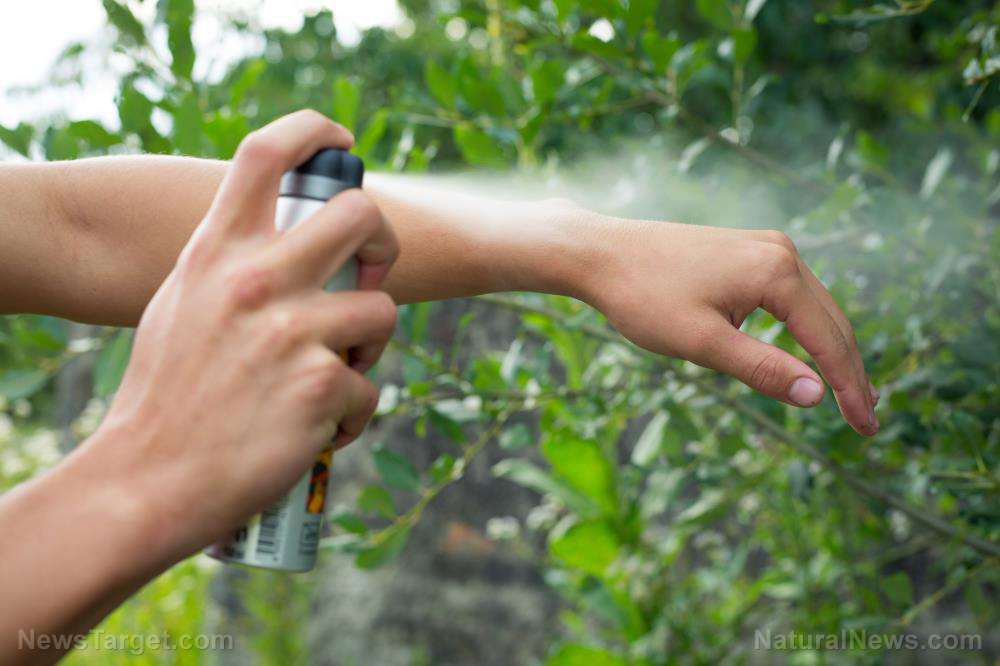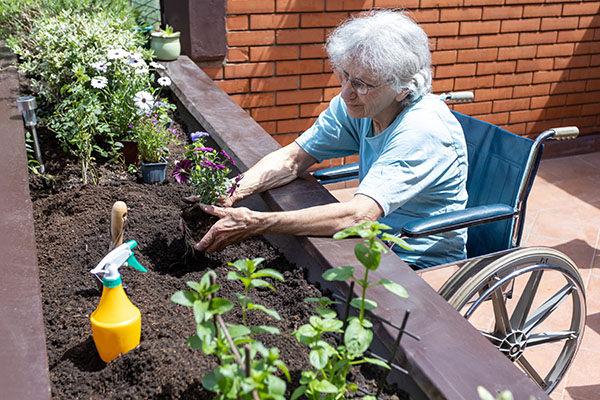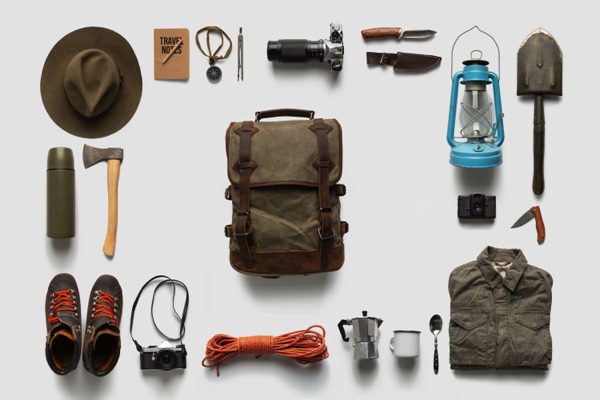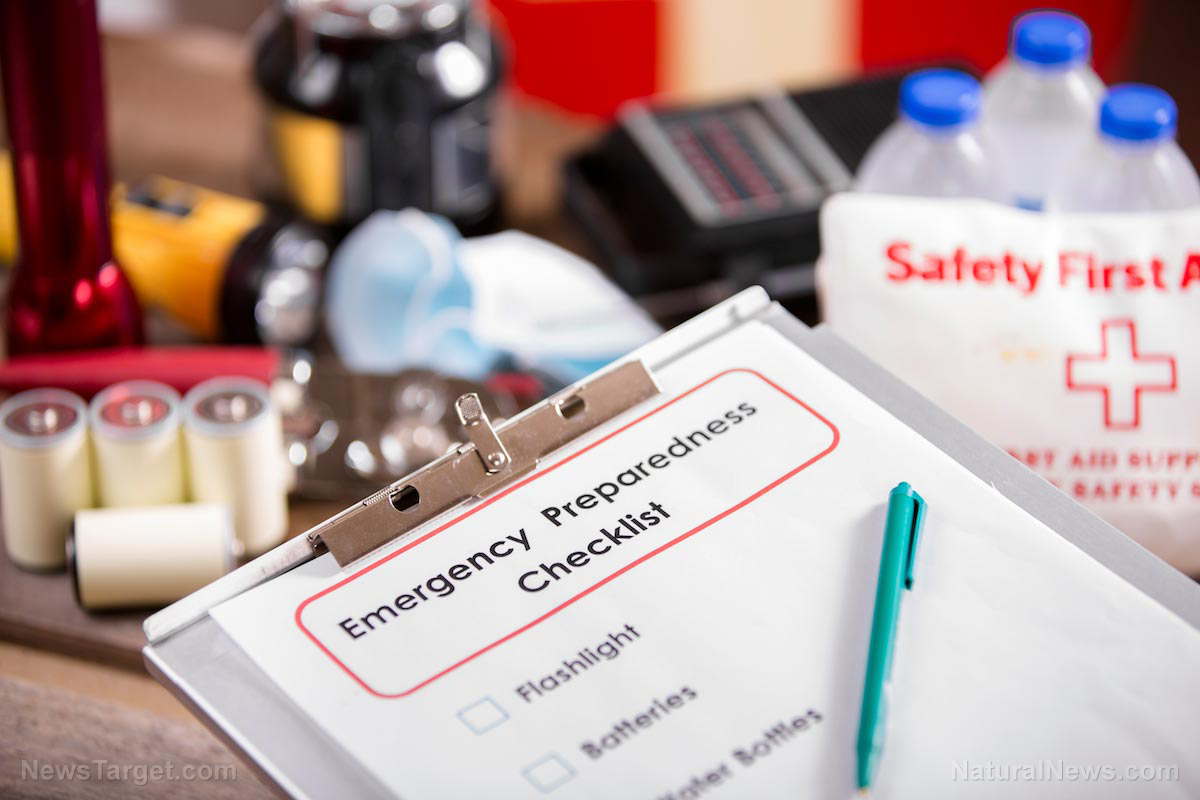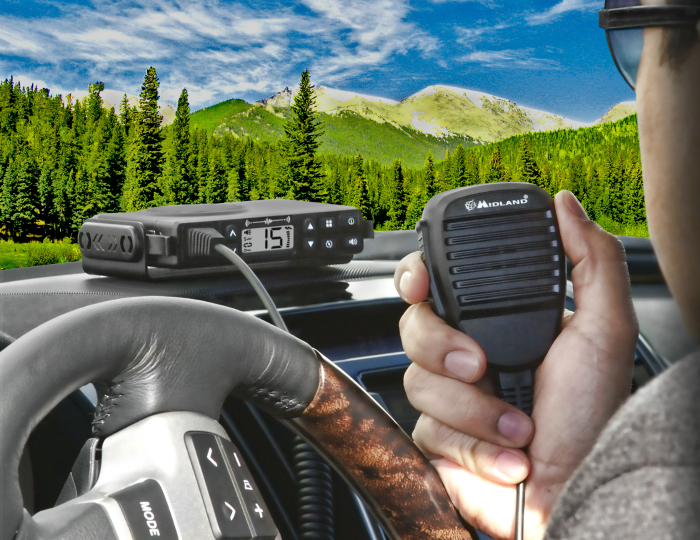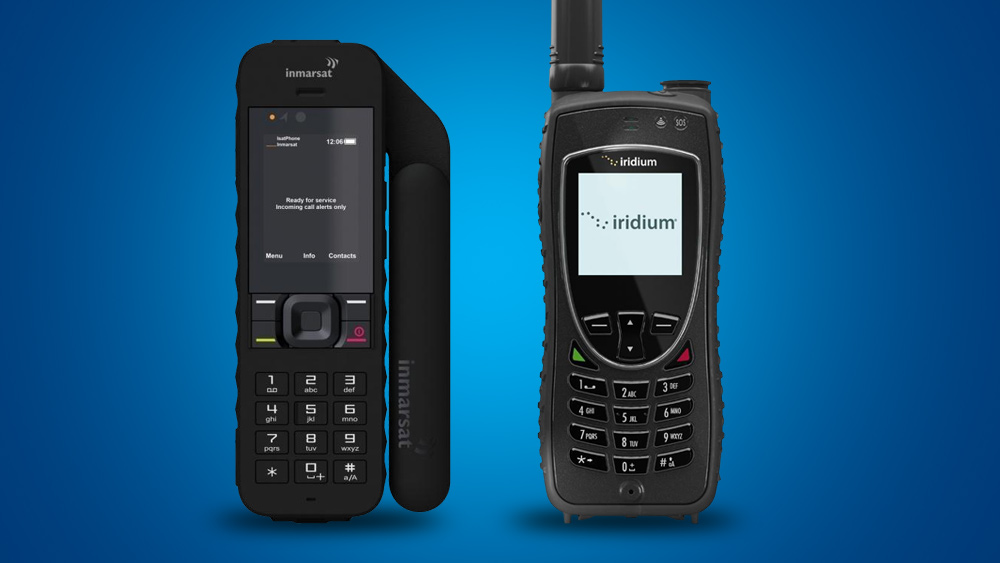Prepping with pets: How to prep for dogs and other pets before SHTF
03/18/2024 / By Zoey Sky
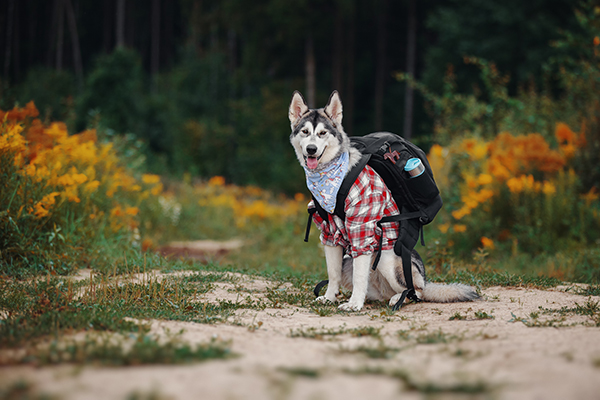
As a prepper with pets, it’s important to make sure that your cats, dogs or other animal companions also have supplies in your stockpile before SHTF. Like “human” emergency kits, a pet emergency kit will also require similar items like pet food, water and other essentials. (h/t to SimpleFamilyPreparedness.com)
Pets are multiple times more vulnerable during disasters, highlighting the need for an emergency preparedness plan to ensure their safety. Pets should be part of your evacuation plan and their care should be taken into consideration when looking into transportation, shelter and potential hazards in your area.
Follow the tips below to ensure that you have the supplies and plans in place to keep your pets safe in any crisis.
Keep pet records updated
In an emergency, it’s helpful to have your pet’s medical records with crucial information like medical conditions and medications easily accessible.
Always have a copy of their updated medical records if you need to visit a new vet outside your neighborhood.
Make it easy for your pet to be identified as yours
If your pet gets separated from you during an emergency, it will be easier to find them or have someone find them and keep them safe for you if they wear a collar with an identification tag.
Include your name, phone number and other relevant information on the tag, like their medical conditions or medications.
If your pet is separated from you during an emergency scenario, having them microchipped can help increase the chances of being reunited. Keep your contact information updated with the microchip company so you can find them faster.
If your pet gets lost while you’re bugging out, you will need a recent photo of them with you. Include a clear and detailed printed photo or save one on your phone to show others if you need help locating your pet.
Stock up on pet food and water
Get at least a two-week supply of wet and dry food for your pet. This is important because when SHTF, it may be difficult to find your pet’s specific brand of food.
A stockpile helps ensure that your pet has enough to eat if you have to bug in when dealing with a long-term survival scenario. (Related: SHTF essentials: What to pack in a pet preparedness kit.)
Generally, you will need one gallon of water per day for each person and each animal in your household. If you have several pets, get a large container or several smaller ones filled with water and store them in a cool, dry place.
Make sure to stock up on extra food and water bowls for your pet if you have to bug out. Like humans, emergencies can also cause stress in pets. Your pets will enjoy having familiar food and water dishes to eat and drink from, which can help reduce their stress levels.
Make sure to also pack your pet’s favorite treats. Use these treats to reward good behavior or keep them occupied during long travel times when you need to bug out.
Prepare pet bedding and a pet carrier or crate
Pets having a familiar place to rest and sleep can also help them feel more comfortable in an unfamiliar environment.
You should also label their bedding and crate with their name and your contact information in case your pets get separated from you.
If you need to evacuate with your pet, you should have a sturdy carrier or crate so they have a safe and secure place to stay during transport.
Get a carrier with proper ventilation that is large enough for your pet to stand up, turn around and lie down comfortably.
Prepare a pet first aid kit and their medicine
In case of injury or illness, you should have extra medication of the necessary meds that your pet takes regularly. Don’t forget to regularly check expiration dates on all medications and replace them as needed.
A pet first aid kit should have bandages, gauze, saline solution and other necessary medications specifically for your pet.
Take the time to register for a pet first aid class or speak with your veterinarian for guidance on creating a kit and learning basic first aid techniques for pets.
Stock up on litter and sanitation supplies
If you have a pet cat, include a small litter box and enough litter for several days or one week.
For dogs, include poop bags and cleaning supplies so you can clean up after them in a post-SHTF world.
Pack some pet-safe disinfectant wipes or spray so you can also clean up if your pet has accidents in their carrier or crate.
Get grooming items
A pet emergency kit or bug-out bag should also include a brush or comb, nail clippers and other grooming items they may need.
In stressful situations, animals may shed extra fur or get dirtier than usual, so these tools will ensure that you can keep them clean and comfortable.
Have pet toys and comfort items
Having some of your pet’s favorite toys or comfort items can help reduce their stress during an emergency evacuation. Include some of their favorite toys, blankets, or even a piece of clothing with your scent to make them feel at ease when SHTF.
Make sure your pet is socialized
Even if things don’t go south, it’s ideal to have a well-behaved and socialized pet because this can make them easier to manage, especially in potentially chaotic situations.
Before things go south, expose your pets to different environments and people so they are comfortable and calm in an emergency.
Prep a pet bug-out bag
A pet bug-out bag should include pet-specific supplies like pet food and water bowls, extra food and water, medications, first aid supplies, toys and important documents (e.g., veterinary records and license information) in a waterproof bag.
Keep this bag in an accessible location so you can quickly grab it if it’s time to bug out.
Kennel train your pets
You should also train your pet so they are comfortable in a kennel. Start by introducing your pet to the kennel with treats and positive reinforcement.
Gradually increase the time they spend in the kennel until they are comfortable being inside one for longer periods.
Kennel training is also useful if you have to evacuate and bring your pet to a shelter because most shelters require pets to remain in crates or kennels.
Teach your pets basic skills
Your pet will have a better chance of surviving an emergency if you teach them basic survival skills.
For dogs, this can include simple commands like “come,” “sit,” “quiet” and “stay.” If you have a cat, this means ensuring that they are litter box trained and are comfortable in a carrier for easy transport.
Make sure you and your pet have a safe place to stay
Before you need to evacuate, you should have a safe bug-out destination for your family and your pet. While some hotels are pet-friendly, it’s always best to check and confirm their policies.
Watch the video below to learn more about prepping items to avoid when packing a bug-out bag.
This video is from the Alex Hammer channel on Brighteon.com.
More related stories:
Prepping with pets: 27 Plants that are poisonous to dogs.
Prepper hacks: What to feed your dog when you run out of pet food.
Pet prepping: Emergency treatments you should learn, just in case.
Sources include:
Submit a correction >>
Tagged Under:
bug out, bug out bag, disaster, dog emergency kit, dogs, emergency preparedness, off grid, outdoors, pet health, pet preparedness, pet prepping, Pets, prepper, prepping, prepping tips, prepping with pets, self-reliance, SHTF, survival, survival gear
This article may contain statements that reflect the opinion of the author
RECENT NEWS & ARTICLES
COPYRIGHT © 2017 GEAR.NEWS
All content posted on this site is protected under Free Speech. Gear.news is not responsible for content written by contributing authors. The information on this site is provided for educational and entertainment purposes only. It is not intended as a substitute for professional advice of any kind. Gear.news assumes no responsibility for the use or misuse of this material. All trademarks, registered trademarks and service marks mentioned on this site are the property of their respective owners.

